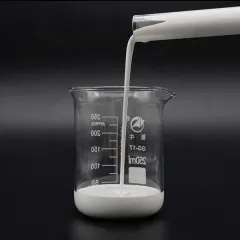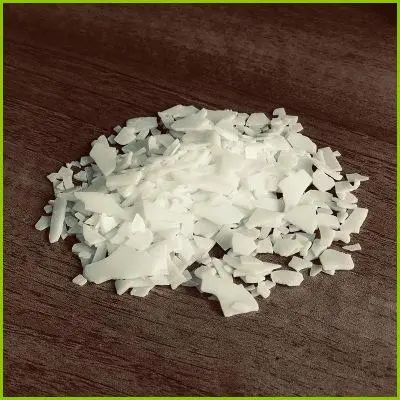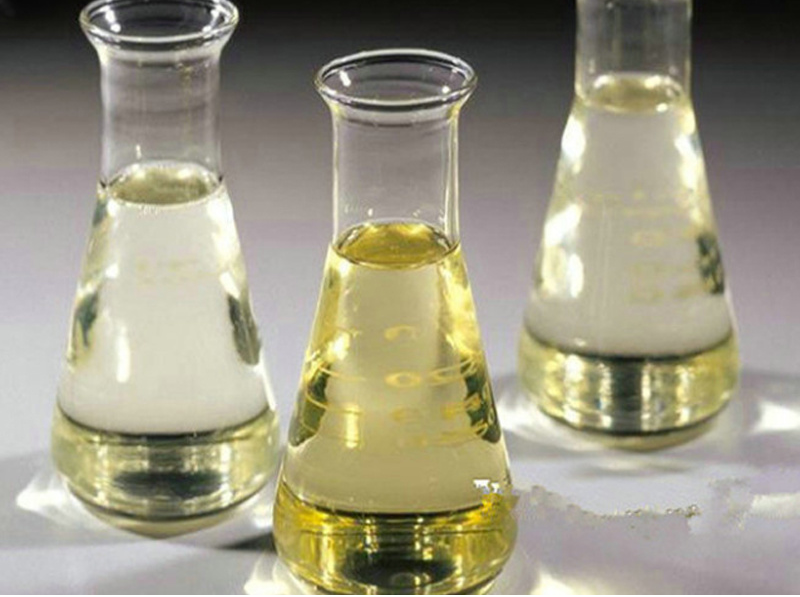**The Unsung Hero in Your Lungs: Meet the Cell That Keeps You Breathing**
(Which Cell Secretes Surfactant)
Take a deep breath. Feel your chest rise and fall? That simple act relies on a hidden hero in your lungs—a tiny cell working behind the scenes to keep you alive. Let’s talk about surfactant, the unsung miracle worker, and the cell responsible for making it.
Your lungs are like millions of tiny balloons. Every time you breathe, these balloons inflate and deflate. But here’s the catch: if these “balloons” (called alveoli) were real rubber, they’d stick together when deflated. Imagine blowing up a balloon coated in honey. The effort needed would be exhausting. That’s where surfactant comes in. This slippery substance coats the alveoli, reducing surface tension so your lungs don’t collapse with every exhale.
So which cell makes this life-saving stuff? Meet the type II alveolar cell. These unsung heroes are scattered among the lung’s air sacs. While their flashy neighbors, type I alveolar cells, handle gas exchange, type II cells do the dirty work. They produce, store, and release surfactant. Think of them as the maintenance crew keeping the lungs’ machinery running smoothly.
Here’s how it works. Type II cells pack surfactant into tiny storage units called lamellar bodies. These look like layered onions under a microscope. When needed, the cells spit out these bodies. The surfactant then spreads over the alveoli, acting like biological soap. Just like soap makes water less sticky, surfactant stops the alveoli from sticking together. Without it, breathing would feel like trying to suck air through a wet paper bag.
But why should you care? Because surfactant is a big deal for newborns. Babies in the womb start making surfactant late in pregnancy. Premature babies often struggle to breathe because their type II cells aren’t ready. This condition, called respiratory distress syndrome, used to be a death sentence. Now, doctors give synthetic surfactant to keep preemies alive. Every gasp of air those tiny lungs take? Thank type II cells—and the science that copied their genius.
Type II cells aren’t one-trick ponies. They also help repair damaged lung tissue. If the delicate type I cells get injured, type II cells step up. They multiply and transform into new type I cells, patching up the lungs. It’s like having a backup generator that also fixes the power lines.
Still, these cells aren’t invincible. Pollution, smoking, or diseases like COVID-19 can wreck them. When type II cells fail, surfactant production drops. The result? Stiff, struggling lungs. Researchers are now studying how to protect or even regenerate these cells. The goal? To treat diseases like pulmonary fibrosis, where scarred lungs become as rigid as cardboard.
(Which Cell Secretes Surfactant)
So next time you breathe without thinking, remember the type II alveolar cell. These microscopic workhorses keep your lungs bouncy, your breaths easy, and your body oxygenated. They’re proof that even the smallest cells can have the biggest impact. Science is still uncovering their secrets, but one thing’s clear: without them, every breath would be a battle.
Inquiry us
if you want to want to know more, please feel free to contact us. (nanotrun@yahoo.com)




